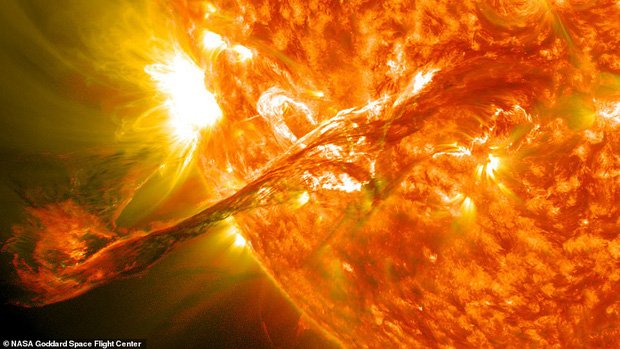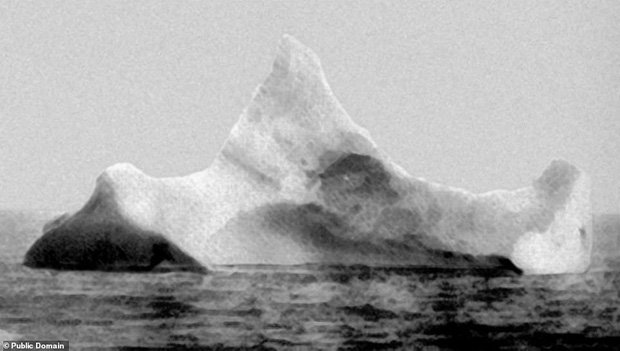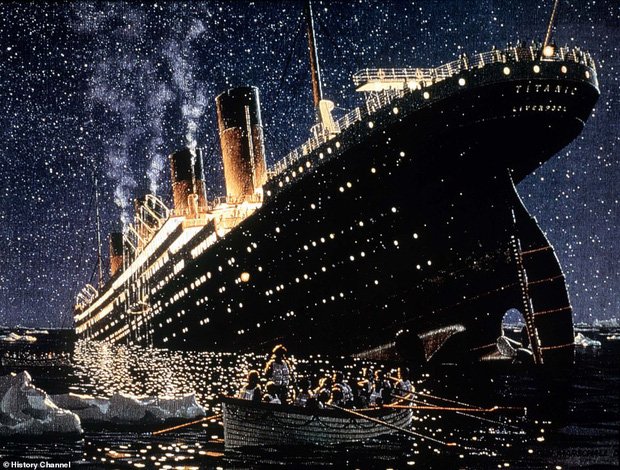On April 15, 1912, the world received shocking news.
Titanic has gone down in history as the most serious maritime disaster, and there are many theories about what caused it.
Titanic sinking disaster (Illustration)
But is that really all?

Solar storms can cause the compass to misalign, leading the ship to collide with an iceberg
In fact, the magnetic fields emitted from solar storms can cause a lot of damage to navigation systems – if the density is high enough.
If a large enough solar storm like the Carrington event were to occur today, experts believe it would cause unpredictable damage to the global energy grid, and possibly create catastrophic impacts.
Do you know what the signs are that there is a solar storm?
`Most people who write about the Titanic don’t know that the aurora appeared that night,` – shared retired weather researcher Mila Zinkova.

Solar storms can affect compass orientation.
Lawrence Beesley, one of the lucky survivors of the Titanic disaster, described seeing the aurora borealis before the disaster.
`We weren’t sure about the time, because then we just felt relieved that the darkness had dissipated a bit, and we started to see each other’s faces.`
`But then everything turned into disappointment: the light grew stronger for a while, then suddenly weakened, then glowed again. It stayed like that for many minutes.`

James Bisset – an officer on the RMS Carpathia ship that came to rescue the Titanic victims, also made a similar record of the aurora about 1 hour before the Titanic hit the iceberg.
`The weather is quite calm, the sea is calm, there is no wind. The sky is clear, the stars are sparkling. There is no moonlight, but the aurora appears from the northern horizon,` – quoted in the marine diary
According to Zinkova, the aurora also causes another effect that could make the Titanic accident… less serious.

`In addition, the light from the aurora also helps the rescue process better,` – she added.
`The fact that so many people saw the aurora shows that there really was an astronomical phenomenon happening at that time,` said Chris Scott from the University of Reading (UK).
The entire study was published in the scientific journal Weather.
Source: Daily Mail, Weather Journal
